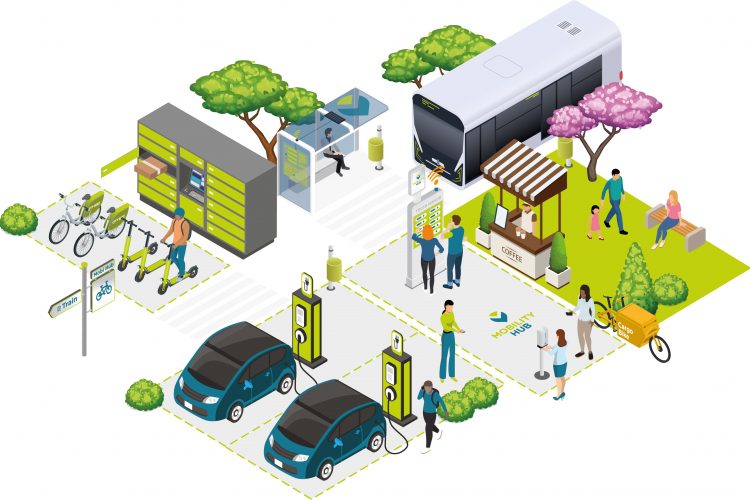With increasing awareness about environmental issues and the impact of fossil fuel usage, we are witnessing a notable shift towards more sustainable modes of transport. Electric Vehicles (EVs) and bicycles are key players in this sustainable revolution, both offering zero-emission transportation options that reduce our carbon footprint. However, while each has its distinct advantages and use cases, their potential is magnified when combined, especially in the context of urban mobility.
The Intersection of Cycling and EV Charging
The integration of cycling infrastructure with EV charging stations creates a compelling synergy. Cyclists who are also EV owners could benefit from charging facilities at cycling hubs, while EV owners may be encouraged to use bicycles for shorter trips. This integrated approach not only maximizes the usage of infrastructure but also promotes a holistic approach to sustainable transport.
Innovations in the Convergence of Cycling and EV Charging
Several innovative solutions are emerging at this intersection. Some cities are experimenting with EV charging stations that offer secure bicycle parking, while others are developing ‘e-bike stations’ where you can charge both your EV and your electric bike. A noteworthy example is the Dutch company VanMoof that has created an urban network of ‘service hubs’ for their electric bikes, which also offer charging facilities for EVs.
Similarly, Copenhagen’s bike-sharing scheme includes electric bikes with GPS-enabled tablets for navigation. Not only do these docking stations charge the e-bikes, but they also serve as public charging points for EVs, showing how a unified infrastructure can benefit multiple users.
Benefits of Combined Cycling and EV Charging Infrastructure
The integration of cycling and EV charging infrastructure brings several advantages. For cities, it’s a more efficient use of space and resources. For users, it offers convenience and encourages a shift towards more sustainable transport options. The health benefits of cycling are also significant, contributing to the overall well-being of citizens.
Moreover, combining cycling and EV charging infrastructure can help reduce the strain on the power grid. Many short trips done by car could be easily replaced by cycling, freeing up charging capacity for those who need to drive longer distances. By encouraging multi-modal transportation, cities can balance demand and reduce peak loads on their power grids.
Towards a Future of Sustainable Mobility
As cities around the world strive to become greener and more livable, the integration of cycling and EV charging infrastructure could be a significant step towards achieving these goals. This approach embraces the concept of multi-modal transportation, where different forms of transport are used in combination to maximize efficiency, convenience, and sustainability.
Ultimately, the convergence of cycling and EV charging infrastructure exemplifies a future of sustainable mobility where technology, infrastructure, and a commitment to environmental stewardship come together. In this future, EV charging stations will not just be places to power up our cars, but hubs of a comprehensive, sustainable transport network that serves the needs of all citizens.
